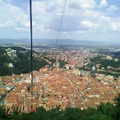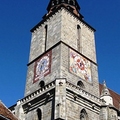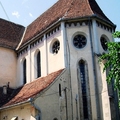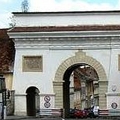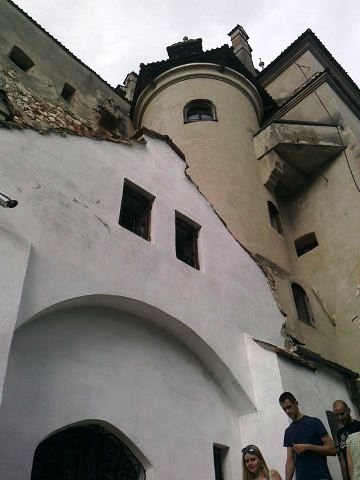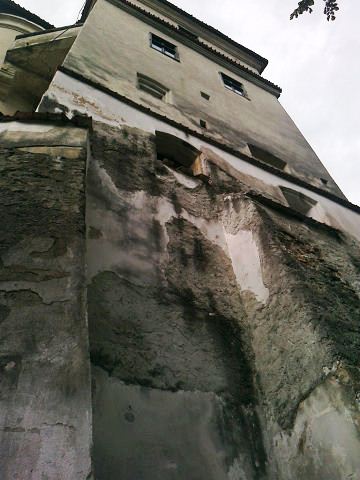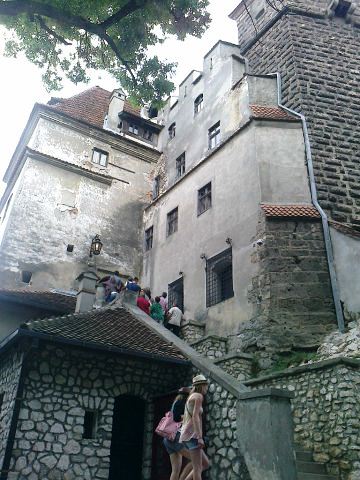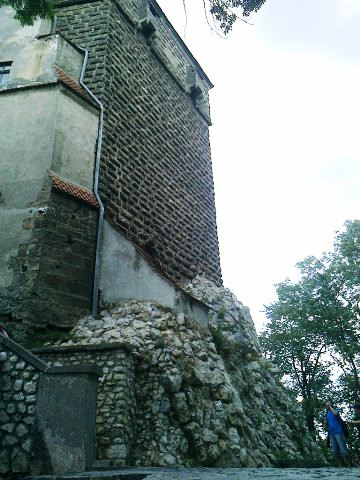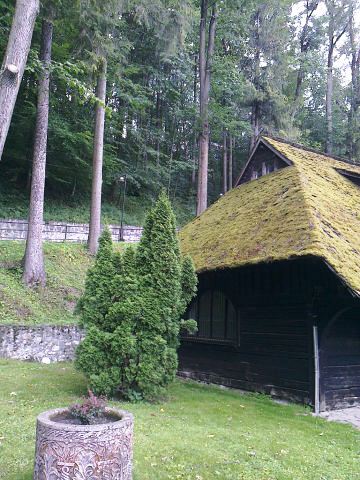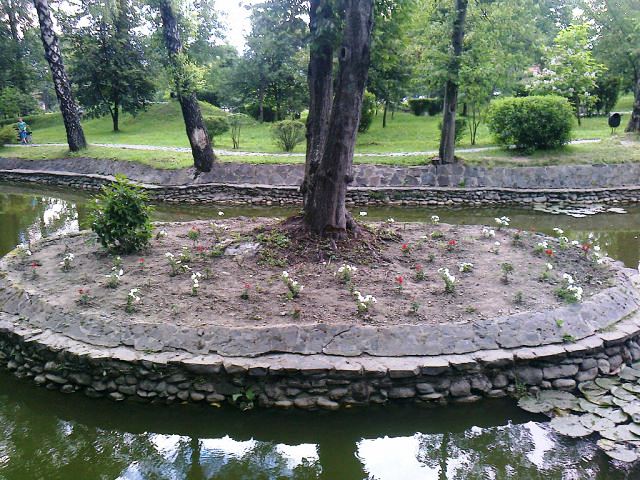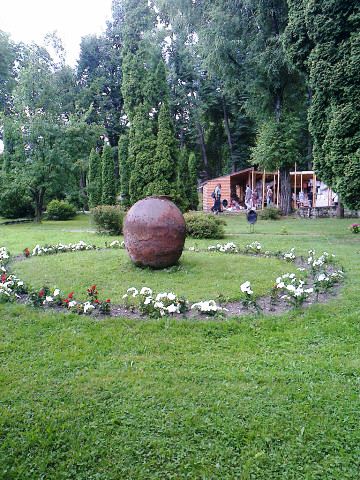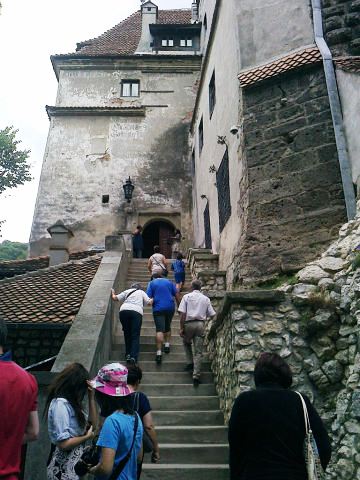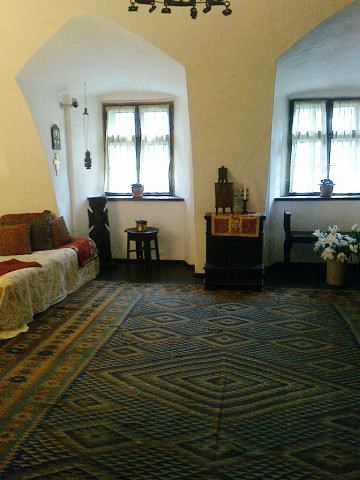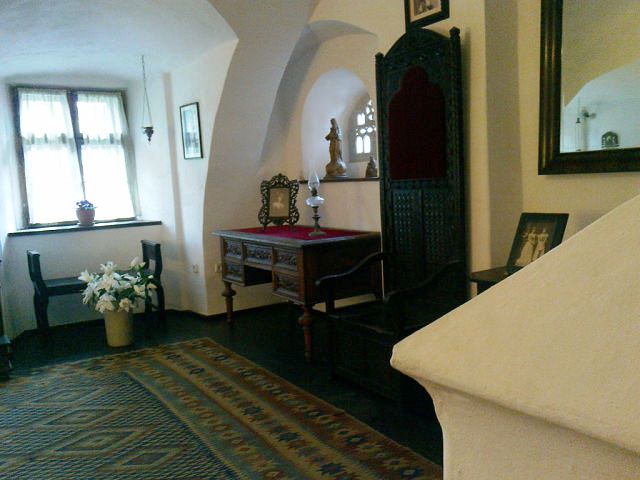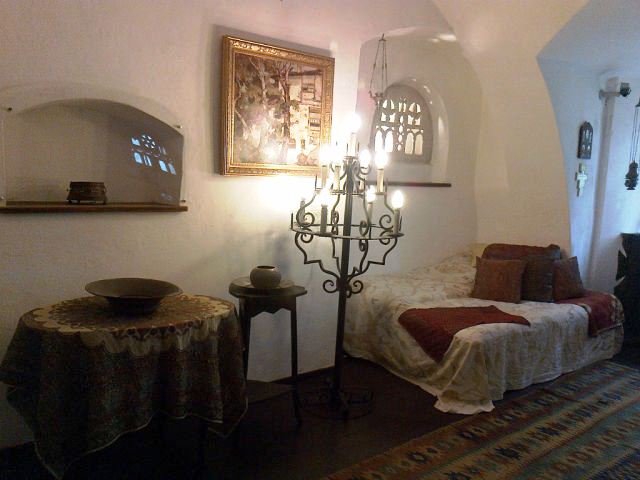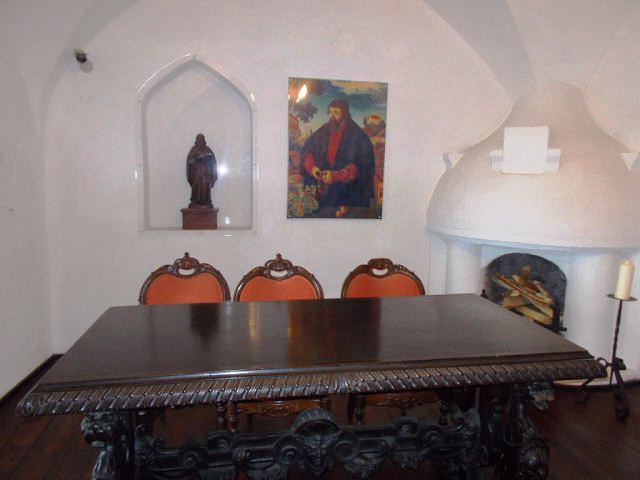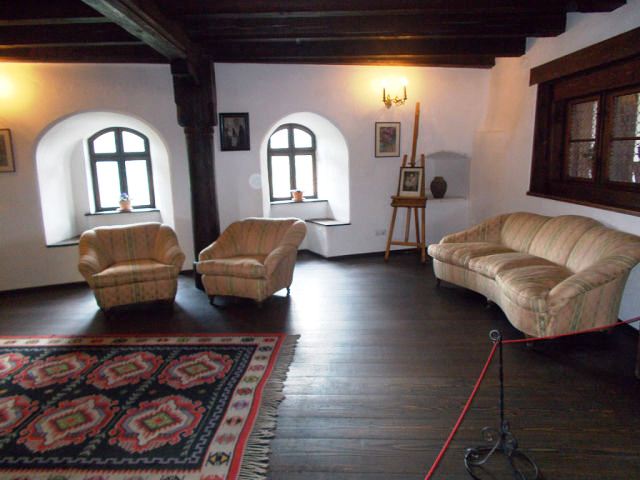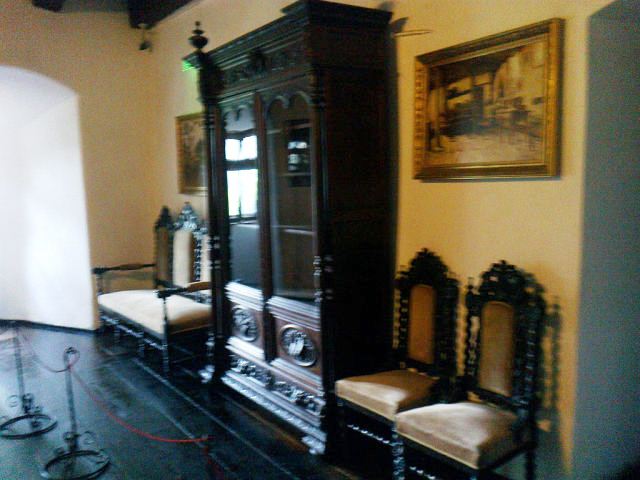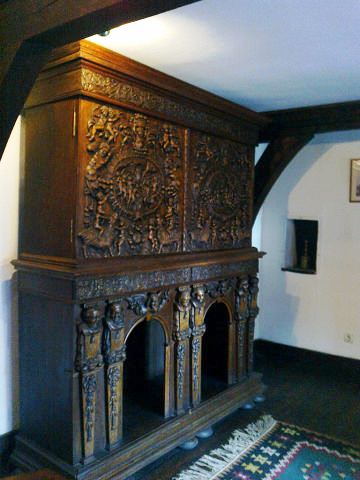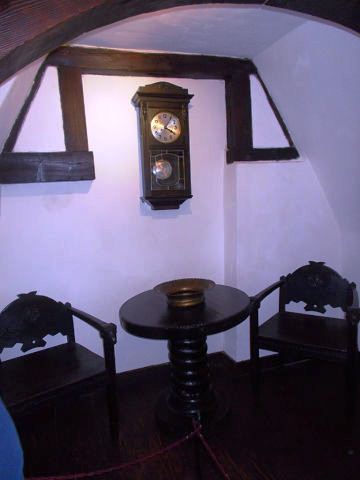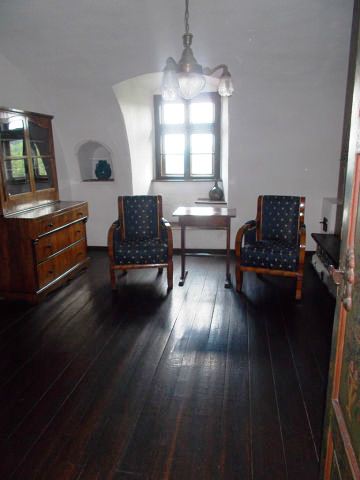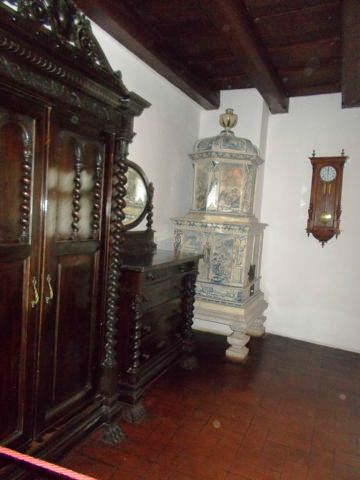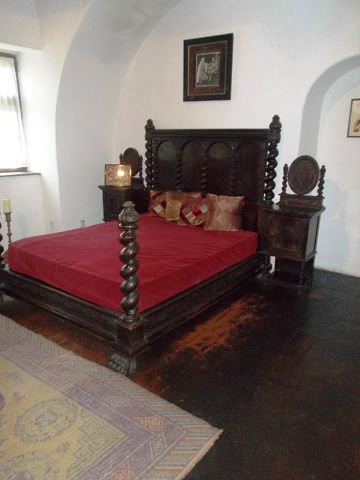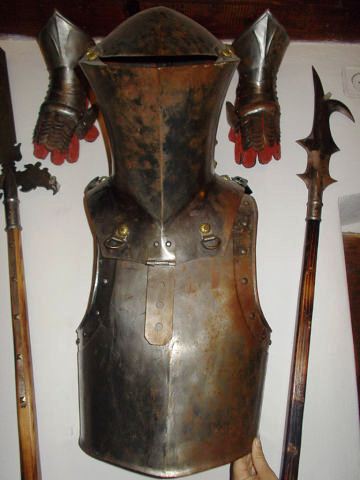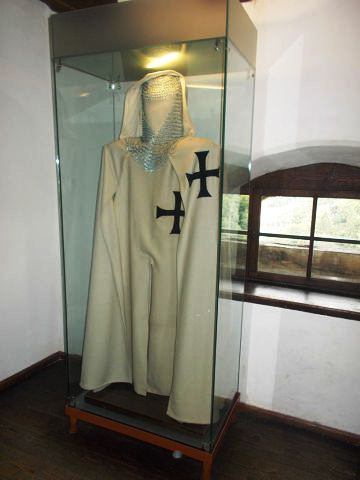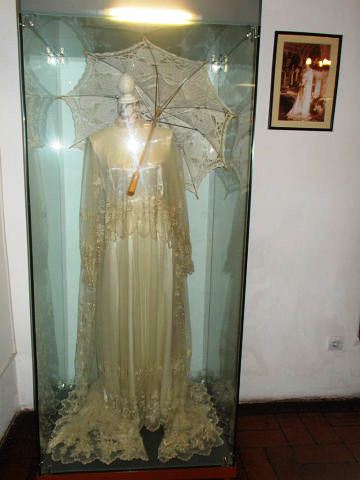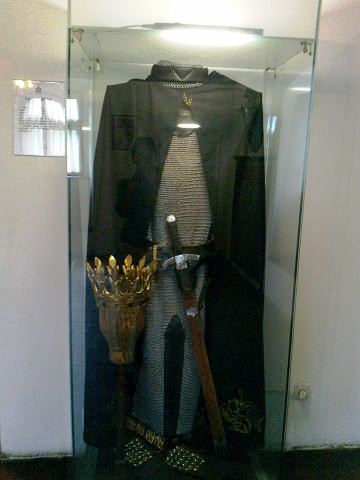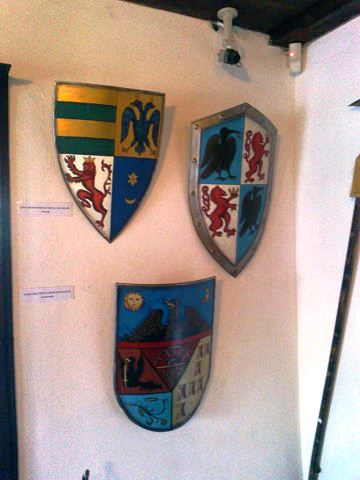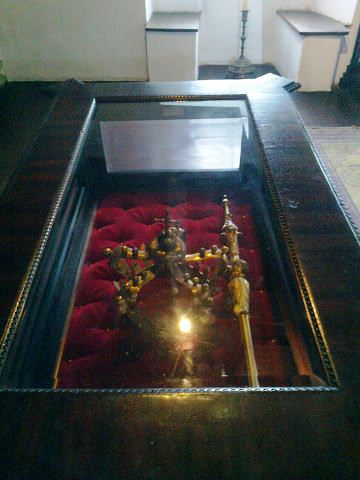Destinations / The Best Places to Visit in Brasov, Romania / The Bran Castle
The Bran Castle
The Bran Castle, situated between the Bucegi and Piatra Craiului Mountains, 30 km from Brasov, is the only landmark that attracts hundreds of thousands of tourists because of a legend: the Legend of Count Dracula, although historical sources say that Vlad Tepes had been here once on the way to Brasov.
Originally, the Bran Castle (in Slavic "brana" meaning "gate") was a fortress known as Dietrichstein, built by the Teutonic Knights in 1212, was conquered by the Germans in the late thirteenth century. The first document is from 1377, when Brasov received from Louis I d'Anjou, the right to build the city on the former fortress. Between 1419-1424 came into possession of Sigismund. At the end of the fifteenth century it was subordinated to the to the authority of the Szeklers Committee and since the reign of Iancu de Hunedoara it passed to the Principality of Transylvania.
On 1 December 1920, the Bran Castle was donated to Queen Maria of Great Romania, in gratitude for the contribution from Brasov to the Great Union of 1918.Immediately after this, for 7 years, the Castle entered a period of restoration, under the Royal Court architect, Carol Liman. This ensemble was designed as a summer residence as was designed by him. Also during this period was built and the Tea House. During these works, the castle was equipped with running water from a fountain carved into the rock, 57 meters deep and a lighting power plant turbine. Later, in 1932, the Bran, Simon and Moeciu villages were lighted on from this electric power plant. Then, in 1938, Queen Mary left the Bran castle to Princess Ileana, who ruled until 1948.
Retroceded to Dominic of Habsburg
After the abdication of King Michael, the Royal Castle became the property of the state, being abandoned and devastated. Only in 1956 was arranged as a museum of history and medieval art. In 1987, the castle came into restoration work largely completed in 1993. In 2006 the castle was returned to Dominic of Habsburg, heir of Princess Ileana. In the winter of 2007 new owner set it on sale. Because the Brasov County Council was willing to redeem the Castle, the lawyers asked a transaction price of 60000 euro. After an investigation conducted by a parliamentary commission was concluded that the restitution of the Bran Castle by Dominic of Habsburg was not made in compliance with all legal requirements.
Finally, the Bran Castle was officially been owned by Dominic of Habsburg from 1 June 2009, when lawyers of Habsburg’s House signed the handover of the castle. After the Ministry of Culture has withdrawn most objects from Bran Castle, they were replaced with objects and furniture that belonged to the Habsburg family were among the most precious crown, scepter and a silver dagger that belonged to King Ferdinand ,photo portrait of Princess Ileana with her signature, a covering of Queen Mary's bed, some furniture and a guest book that belonged to Queen Mary's being given to it in 1920, by the community of Brasov and it preserves impressions of all national and international personalities who have crossed the threshold of the castle over nearly three decades.
According to a representative of Bran Castle, in the castle will be arranged and a projection hall with pictures of the National Film Archive about the history of the castle and the royal family, royal families costumes room and a dining room. In addition, in the Round Tower of the castle will be arranged a luxury room for those who want to spend a night in Bran Castle. The owners have also plans to restore the Queen Mary Tea House, located inside the Bran area, that would be open to the public. During the restoration of the interwar period, in the east tower was discovered a secret staircase that connects the floors I and III. In one of the rooms of the castle, was arranged a room "Bram Stoker", where is shown the legend of Vlad Tepes and the myth of Dracula.
There is a museum that shows the life of the peasants of the village area, the work and the traditions of the Rucar-Bran. During Halloween, the Bran Castle is a favorite destination for the American and British tourists.
A new attraction is offered by the new owners: a total of 10410 bottles of Merlot Dealu Mare named ad hoc"Chateau Bran" and bottles of Cabernet Sauvignon since 1377 the same year and the same vineyard, 'knighted' by 'Reserve de l'Archiduc "and signature" Dominic ". "Both varieties will be sold only to Bran Castle, under the name" Chateau Bran. Of the events so far stands Halloween, when the castle could be visited until 3am, attracting 1,000 visitors. The Forbes magazine placed Bran second place among the most expensive properties in the world, with an estimated 140 million dollars.
Others from The Best Places to Visit in Brasov, Romania
Due to numerous historical and artistic monuments Brasov is one of the most important tourist centers of the country.
The city is divided into two distinct components: the area with baroque influence that winds from the foot of the mountain and the massive Postavaru and the large area with buildings and factories.
The main attraction is the old town - Schei, yet glamorous, where you will find plenty of houses and antiques, especially religious.
Brasov is located in the central-eastern part of Romania, at the foot of Tampa (967m).
The administrative territory of Brasov is within the southern part of the basin Brasov, in the internal flow of the Eastern Carpathians.
The region consists of two distinct units: Brasov and the Carpathians and at the contact between them developed a series of activities following the foothills of external factors, namely , Sacele and Rasnov.
Brasov climate is temperate continental specifically characterized by a note-type transition between temperate oceanic and the continental temperate: wetter and cooler mountain areas with relatively low rainfall and temperatures slightly lower in low areas .
Temperature inversions are numerous, therefore, minimum winter temperatures do not fall in the extremes, the annual average of 7.
6 degrees Celsius.
The rainfall is relatively high due to the small diurnal contrasts.
Historical data: Brasov is documented in 1234 in the Catalogue Ninivensis named Corona.
In the second half of the XIV century, is confirmed as the administrative and ecclesiastical center of Barsa, (Corona, Kronstadt, Brasso), "free royal city" one of the economic and cultural centers of Transylvania.
In the Renaissance, "Brasov these times stands out, compared to other cities, the cultivation of the sciences" noted in 1548, the great humanist and reformer Johannes Honterus sas (1498-1549), in a letter to Sebastian Munster, professor of University of Basel.
The prestige of the school and library founded by Honterus in 1541 - Studium Coronense - was to attract students from all over Transylvania, Hungary, Germany and the Netherlands.
Johannes Honterus introduced religious reform Barsa Saxons, and in 1547 the Principality Diet accepted Lutheran religion as one of the four official religions allowed in Transylvania.
Between 1639 and 1641, Brasov fortifications are amplified in the north of the city with several rows of curtains and moats.
Bastion in 1646 ended the defensive system works.
In 1689, the most devastating fire in the history of Brasov affects most important buildings of the Citadel.
Weight restoration unfolds city and rebuild the destroyed buildings is consistent with new styles: Baroque, Rococo, Classical.
The transformation from a medieval town into a modern city imposed extension to the north-east (toward Old and Blumana) and west (toward Schei), by demolishing the fortified seat of the city that began in 1857 (Gate Street and fortifications therein), Street Wear Black (1873), Fair Gate Horses (1874), Bastion (1886), Bastion harness (1887).
The old moats, ponds and swamps were filled, rose administrative and public buildings, schools, barracks and houses were decorated with parks and promenades.
Nowadays Brasov is one of the most beautiful cities of Romania to be visited with many , many places of visit that attract tourist all over the world all the year round.

